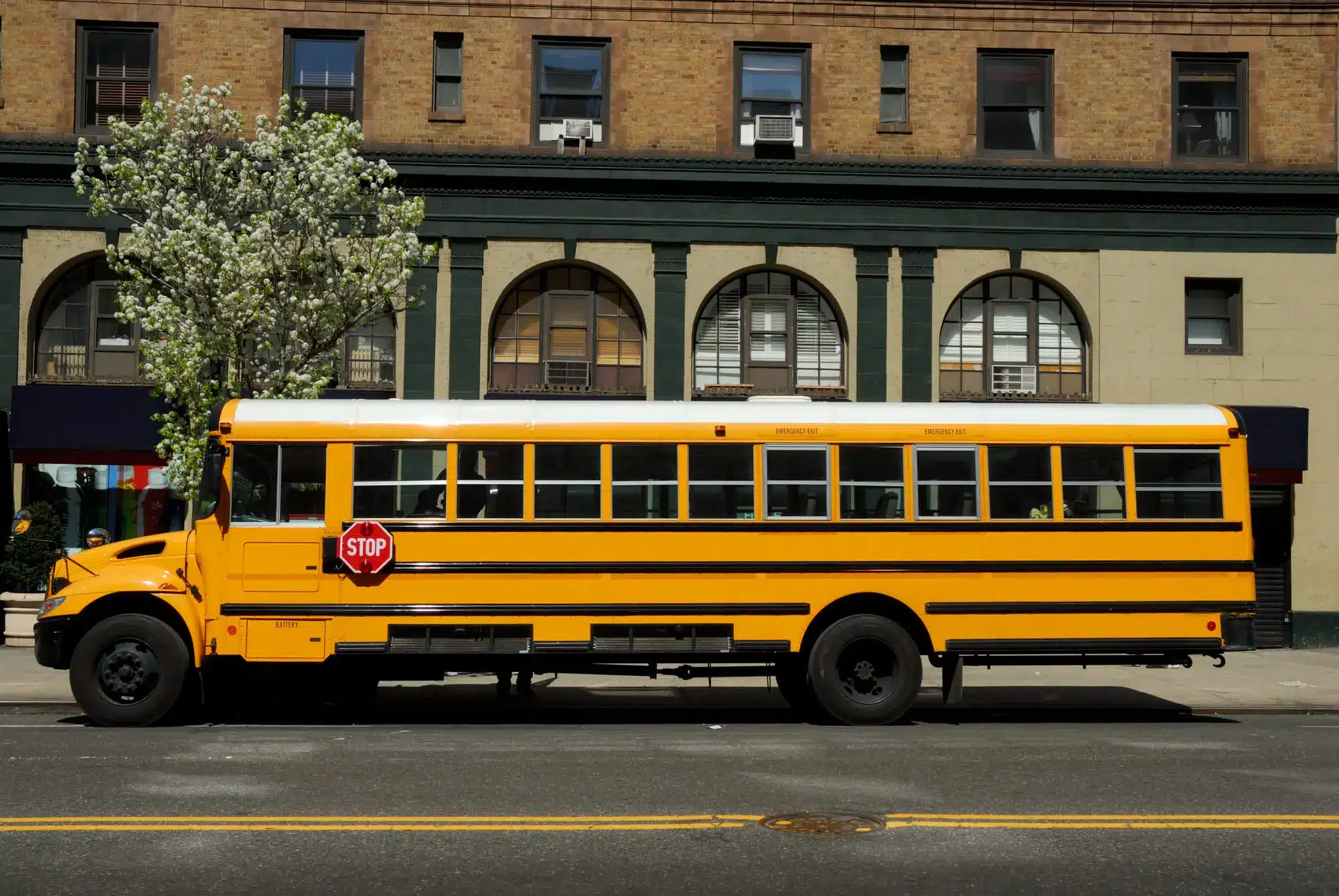Unfortunately, as much as we try no to think about it, school accidents do happy. The law in New York favors schools significantly. Often, this favoritism can lead to unjust results. On occasion, justice does prevail. Here we examine a case of a 12 year old who sustained injuries in a school accident. A 12-year-old girl was a member of her school’s soccer team who sustained injuries during an indoor practice.
On the date of the school accident, they held soccer practice indoors because it was raining outside. The coach of the soccer team paired up students to run a sprint against each other in a school hallway. The hallway measured approximately 150 feet in length. The coach set the the finish line at a space past an open set of double doors. Approximately 10 feet beyond the double doors, directly ahead of the racing path, was a hard wall.
The School Accident Case
The girl testified that the team had not held practice in the hallway before. They had never raced down that hallway, and that she was in the first pair to sprint. According to the girl, the coach ordered that the loser of the race would run laps up and down stairs. She sprinted down the hallway at full speed. She tried to slow down at the unmarked finish line between the double doors. Unfortunately she but was unable to stop.
This resulted in a school accident in which her face struck the wall. The girl’s parents sued the school accident on behalf of their injured daughter. They sued to recover damages for the girl’s personal injuries. They asserted that the school failed to provide adequate supervision. Further they alleged negligence in failing to exercise reasonable care to protect the girl from injuries from unreasonably increased risks. After the completion of discovery, the school moved for summary judgment based upon the doctrine of primary assumption of risk. The lower court granted the motion. Plaintiff appealed.
The Appeal

On appeal, the Second Department explained that the doctrine of primary assumption of risk is not a defense based on a plaintiff’s culpable conduct, but, rather, is a measure of the defendant’s duty of care to participants in certain types of athletic or recreational activities. Under this theory, a plaintiff who freely accepts a known risk commensurately negates any duty on the part of the defendant to safeguard him or her from the risk.
This applies in school accidents as well. The Court stated that there was no dispute that the girl voluntarily participated on her school’s soccer team, a sponsored athletic activity.
The Court pointed out, however, that pursuant to the doctrine of primary assumption of risk, a voluntary participant in a sporting or recreational activity, consents to those commonly appreciated risks which are inherent in and arise out of the nature of the sport generally and flow from such participation.
In assessing whether a defendant has violated a duty of care within the sports activities in school accidents and their inherent risks, the applicable standard should include whether the conditions caused by the defendants’ negligence are unique and created a dangerous condition over and above the usual dangers that are inherent in the sport. The Court further explained that “primary assumption of risk doctrine does not serve as a bar to liability if the risk is unassumed, concealed, or unreasonably increased.”
The Result of the School Accident Case
Additionally, the Court indicate that, school employees must exercise ordinary reasonable care to protect student athletes voluntarily involved in extracurricular sports from those unassumed, concealed or unreasonably increased risks. The Second Department held that defendant failed to establish that by voluntarily participating as a member of her school soccer team, the girl consented to the risks of racing in the school hallway.
The Second Department further held that defendant did not establish that the commonly appreciated risks which are inherent in and arise out of the nature of soccer generally and flow from such participation on the soccer team included the risks of running into a wall while racing in the school hallway. Accordingly, the Second Department reversed the lower court’s decision and denied the defendant’s motion to dismiss the school accident case.


